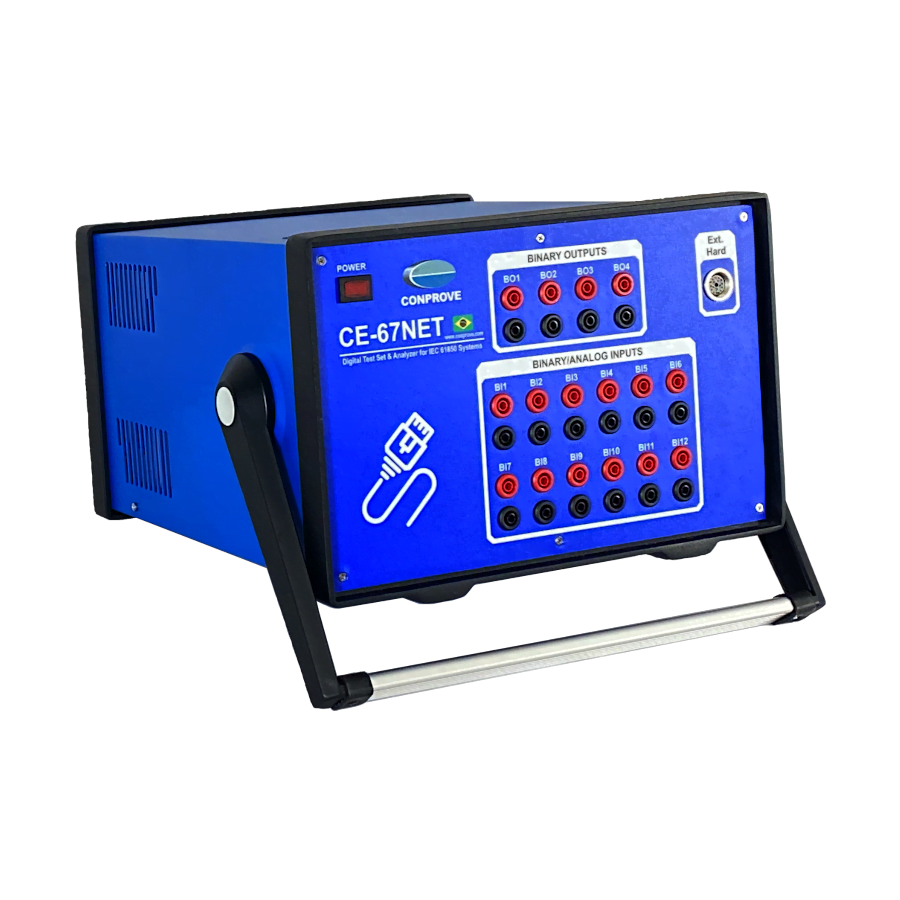Closed Loop
The correct functionality of the protection system is essential to provide continuity of operation of electrical power systems. For this to be possible, it is essential that Intelligent Electronic Devices (IED’s) are proven to be operating satisfactorily, since no actions or improper actions can lead from unnecessary shutdowns to system collapse. Based on this premise, we note the importance of evaluating the performance of these protective equipment, when subjected to real conditions of defects.
Currently, a lot has been debated about the methods for testing a protection system. The traditional method of injecting signals in the permanent state, without typical transients of the system, is no longer sufficient for complete verification of the behavior of IED’s, since phenomena such as TC saturation, ferroresonance, frequency variations and harmonics are not considered in these tests. Aiming to include such phenomena in the analyses, today closed-loop tests have been widely used.
In this type of test, a power system is modeled (with high level of detail) and subjected to several contingency scenarios, aiming to obtain the waveforms of voltages and currents of the system under these conditions. The tools that enable such tests are able to interact with the protection device, that is, it is possible to ascertain how the IED response will influence the behavior of the rest of the system and how this behavior will influence the IED again. The fact that such tests have feedback is what characterizes them as closed-loop tests.
In order to meet the demand for such tests, Conprove has developed an innovative, compact and low-cost tool, which enables closed-loop testing with an extremely effective methodology for testing protection systems.












